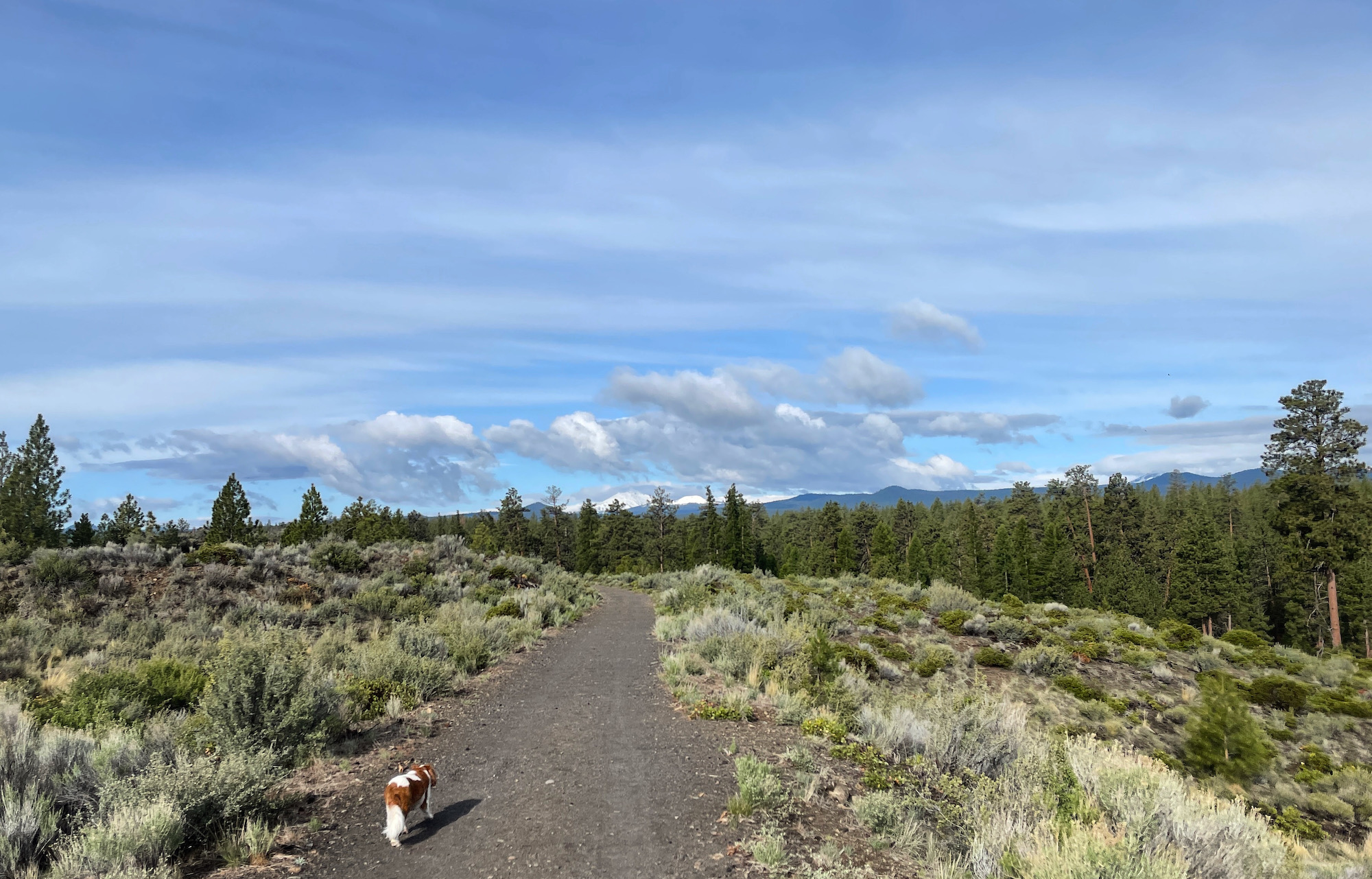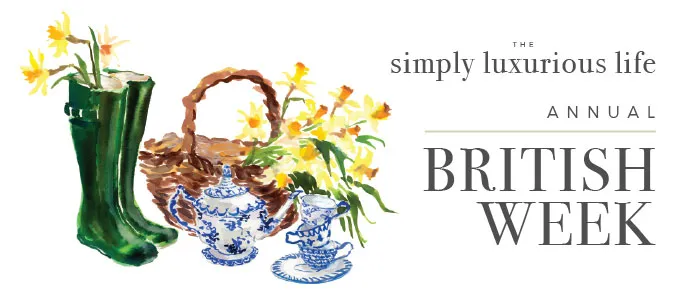Become a Member for as little as $4/mo and enjoy unlimited reading of TSLL blog.
“The moment of change is the only poem.” —Adrienne Rich
How do you transition from one task to the next in your everyday routine? From stepping out of bed, to the first thing you do once standing on your two feet. How do you begin your work day? How do you leave your home if your work is outside of it? How do you return? What about the commute? How do you conclude the day and turn in for the night?
Last week, I attended the first in-person yoga class taught by one of my most trusted and respected instructors. As I shared in this IG post, we were outside in the park, no need for masks as we were able to space ourselves, and before I knew it, an hour of Vinyasa poses, flowing from one to the next, had concluded.
During the class, the instructor brought to our attention transitions, asking us rhetorically how our individual transitions had been throughout our day, and all of the many transitions within the past hours of the day including how we arrived at the park. Over the past five days I pondered this question, examining how I travel through my days. I tried to put into practice my ponderings following class, and transitioned from the class gradually, taking the boys for a walk amongst the lilac trees and along the path which frames the river, even sitting on a bench to just be still. Such a simple moment of maybe 20 minutes felt like poetry, but had I rushed home, the beauty would not have been experienced. Transitions make a difference in the quality of our everydays.
More largely, we are all transitioning from living more sedentary lives at home forced by the pandemic into the routines we have craved, the activities we have missed and seeing the people and places which never left our memory over the past 14 months. So how will you transition and what daily routine will you be transitioning into?
A weighty question, and one I will explore in next Monday’s Motivational post (May 31st), so before we dive into to the BIG transition, I wanted to take the opportunity today to focus on daily transitions and how we can mindfully cultivate a daily routine with transitions that provide the constructive and seemingly natural ‘flying lead change’ as is the term in equestrian when our steed traveling at a gallop changes its lead from one front foot to the other (left to right and the hind legs follow in the air leaving the rider comfortably moving with the horse) into another element or activity in our daily routine. In other words, how we can create more poetry and let go of the chaotic moments which may infilitrate our days more than we’d like to admit.
0. Self-Knowledge
Imagine you are a vehicle which requires an electric battery to run properly. The battery charge is finite: Some activities will deplete it faster such as traveling at faster speeds or sitting in the sun. What activities deplete your energy? On the flipside what refuels you? Understanding how to properly structure your day will best assist your planning. Even when you do have to partake in draining tasks, balance the day with other tasks which recharge your energy as best as possible.
For example, it took me years to understand why I was so incredibly tired on Fridays during the school year, while fellow teachers I worked seemed to have a boon of energy as the final bell rang announcing the weekend’s arrival. Exchange the school week for a full week of writing and blogging, and I too was excited to enjoy others’ company on a Friday evening. It became clear, it wasn’t so much that I had ‘worked’ for five days, but rather the type of work that drained me or fueled me. Figure out your best refueling sources, and find more time immersed in them than the contrary.
1. Forethought
Now that you know how you are wired, look ahead to your week, month, your overall calendar. Errantly, we can plan more than we are reasonably capable of doing well when the date on the calendar is far off, months down the road. But look around that date – what will you be doing prior to it? What will you be expected to do after it?
I have discovered, the less I enjoy the have-to tasks – adhering to the school schedule of 8-4 for example – the more time I need in-between to re-energize, which means I tend to schedule fewer social events on the weekends during the school year as I refuel by being in my own company (introvert tendencies). My weekends at home are deeply savored, and I plan long walks and few if any appointments as my workdays are so pinned down.
However, when we can’t entirely control our workday schedule if the work drains us, we need to include activities within the actual workday to refuel no matter how small the amount. For me, taking a morning walk or taking an afternoon yoga class bring back more balance, help me to let go of any mental stress and aid deeper and more restful sleep so I am rested and at my best when the new day arrives.
Aside from our working days, scheduling responsibilites and appointments, weekly tasks such as grocery shopping, etc. – consider all you truly need to do, and how you can do it well with better transitions. How much can you honestly do and tend to them well without hurrying, worrying about commute times (what if there is a delay, a detour, a traffic accident) or feeling frazzled?
The planning ahead applies to budgets as well. Remember to give your checkbook and debit card a breather for at least a week each month. I know each time I do this, I thoroughly enjoy the week, as I have planned ahead and am at ease that I have what I need, and not purchasing feels, in its own way, liberating as well as gives me time to think through purchases to assess whether I actually need them or want them.
2. Be prepared
An effective transition in writing alerts the reader you are about to change directions in subject matter and hints at where that direction may be. Not knowing causes confusion, and in our daily routine, heightens stress just as it would in an ill-organized paper. Such stress is unnecessary which is why, once your schedule is made, examine your day upon waking, and prepare what you need to transition effortlessly. Having an organized space – home or office or car or [location where you will tend to a task] – helps keep the mind relaxed. Feeding yourself well throughout the day ensures your mind is thinking clearly, saves money and avoids any hangry moments. Communicating clearly with those you will be meeting and conveying clearly the expectations, ensuring you are prepared for what is expected at each subsequent activity, presentation, job task, etc. will also help each transition run forward smoothly and with fewer surprises or frantic searching or worry.
Preparations also include days, weeks and even months prior – the proper attire, proper tools, helpful skills and research, ingredients for your meals, appointments made well-in-advance as to not have gaps into between your teeth-cleaning, colorist, doctor’s, pet’s grooming or any other lifestyle appointment which without, increases stress. Reflecting back to last spring when both my boys’ grooming appointments and my hair appointments were delayed by months to the abrupt pause in work and life due to the pandemic, something which seems so superficial, not knowing when we would be able to schedule ratcheted up the stress levels in ways I had never expected.
3. Check in with your Attention – where is it?
At any given time throughout your day, stop and check where your attention is held – in the present moment taking in all that is going on around you? In the past, bothered by some previous conversation, interaction, etc.? In the future, worrying about what might happen if [fill in the blank]? If your attention is not in the present, your transitions need your full attention and likely need improving.
Transitions, when done well, much like signaling while driving a car in a round-about (we have many in Bend), allows on-coming traffic to know if I am leaving the round-about or staying in, so they can decide if they should slow down to a stop or keep their speed and ease into the circle. Healthy transitions not only help us, but they help us work well with others. We know where we are going, but we are not rushing. We are aware of our surroundings so able to respond if something out of the ordinary happens, but currently traveling at a speed which keeps us present to appreciate where we are and what we are doing, and do it well.
Now part of keeping our minds in the present has as much to do with mental strength and awareness as constructing healthy transitions. After all, one might argue if they have too much ‘free time’ their mind will wander to the past or the future. However, that is not a transition problem, that is a mental strength problem, and one that can absolutely be remedied. You need not fill your days to the brim so that you aren’t ‘thinking’ or ‘worrying’, rather the free time you give yourself is a gift to savor, to let your creativity strengthen itself, to love better, to learn how to live better, so that you experience a more contented everyday life.
A thoughtful transition honors what we were doing, enables us to bring it to a close well and step fully into the next engagement without lingering in the past or looking wistfully to the future. How? Because we were fully present and intentionally chose to do what we were doing – even if it wasn’t something we enjoyed. Gradually, as we become more self-aware and more courageous, we begin to find the strength to tailor our lives in such a way that we are doing fewer things we dread and more things we enjoy. Even our work will be savored because we have chosen to do something that gives us purpose. We demonstrate courage when we say no, when we acknowledge the reality of our one and only lives, do the homework to understand why we are wanting to say ‘no’, and are able to be honest with ourselves so that we don’t make the same mistake again and again, finding ourselves in a life we think we have to live, versus a life we feel fortunate to live.

Transitions hold a key to discovering how to live well. They reveal our presence, or lack thereof. They reveal whether we are following or living with intention. They reveal our courage or our cowardice. They reveal how healthy we are or are not. They may seem insignificant in an everyday routine, but they are the thread holding the pieces of our days together. Become an expert tailor in order to build a daily life you love which allows you to move fully, breath deeply and with ease and present your best self.
SIMILAR POSTS YOU MIGHT ENJOY

Why Not . . . Tailor Your Life to Fit You? episode #246






Bless you Shannon – re transitions – I really needed to read that today as I thrive on routines, planning ahead and prepping for the days ahead to reduce stress normally but had felt like it wasn’t very exciting until I stopped planning and things fell apart and caused a lot more stress – you have no idea what an answer to prayer it was – and a lesson in following your gut and doing what works even if you are the only one – kind regards Lee
You are so right! Thanks again for a wonderful post.
Thank you for stopping by PKB 🙂
Today’s article made me stop and think about how to transition. You’re right, we do need to pay attention to this in order to move forward in a mentally healthy state.
Thank you for this meaningful and helpful post.
Thank you for visiting today’s post Jan. 🙂
For the last 10 years, my transitions have been difficult. On the outside, it seems like it is effortless but it is not. This post is timely for me as I am dealing with a few very challenging transitions. I am a planner, a scheduler, and live a rather structured life and when that is interrupted I try to bridge one situation to another but sometimes I have no control over the process or the outcome. Change is inevitable, of course, guidance is always appreciated, as is distraction be it Yoga, sitting on my back porch watching the parade of critters or simply some mindless needlework. You are wise beyond your years Shannon. Thank you.
Wonderful observations Shannon and a timely reminder. Mindful and well communicated transitions were very helpful when my boys were little and we had to leave a place where they were having fun, i.e. the park, etc. With enough time and verbal cues they were ready to leave without tantrums or meltdowns. Now that they’re grown & gone I can look at my own transitions anew. Thanks.
Great post Shannon .Even though I am retired I like some structure . I plan my days with intention as it helps me to enjoy what I do rather than go through the motions . Sometimes, something happens and I have to alter my plans but I don’t dwell on it. I take some time to myself with a cuppa or wander round nature and I’m ready to continue the day .I find that letting my husband know what I plan for the day is helpful to us both in avoiding clashes with schedules and lends itself to a smooth day. I try to mix up my daily tasks .I am not keen on cleaning the windows but I like to see them sparkle . So I will follow that with something fun like baking which I love. Look forward to the podcast. Have a great week xx
Thank you for this post. Going to think on it for a while.
You’re welcome. Thank you for stopping by Nova. 🙂
Enjoying the spaces in between……..flowing ………???
Ahhh yes. 🙂
What a terrific, practical, concrete and – at the same time – elevating post! I love this one and it will give me much to think about. Especially for HSPs, honoring transitions and using them for even just a check-in with self, can help to reduce the fatigue so ever present in living at the speed of light. This post also aligns with the the advice given in The Art of Stopping (great recommendation BTW!). Transitions are a perfect point to practice the StillPoints suggested in that book.